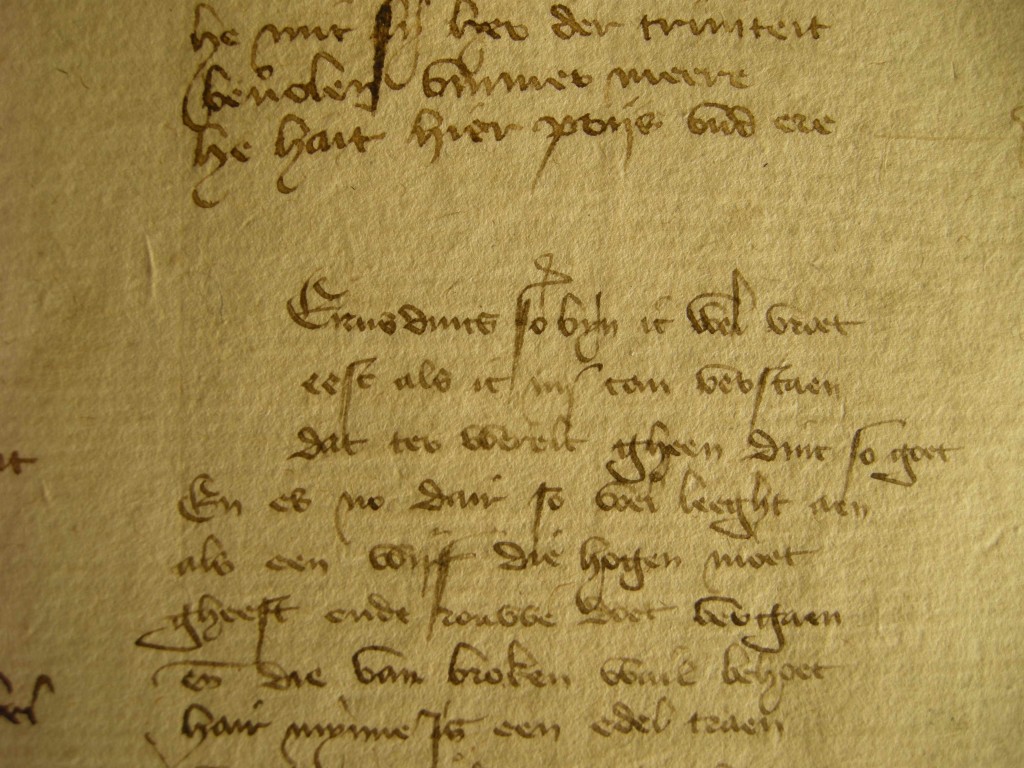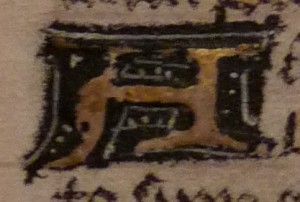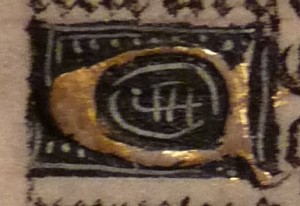Some manuscripts have closer links with a particular place than others. MS Brussels, Royal Library, 837-45’s link to Geraardsbergen is so much a part of its identity among scholars that it is known as the Geraardsbergen Manuscript. Click here to see how we know about this link.
Bodley 264 is a product of more than one place, a manuscript that travelled from France to England, and all three of its texts are concerned with travel to strange and distant places.
MS Germ. quart. 719 is tied to one particular region, since all the texts are by authors local to Württemberg (see the Wikipedia article on the counts of Württemberg) or Königstein-Eppstein in the Taunus (Hesse) (see the Wikipedia article on the Lords of Eppstein), and produced within a fairly narrow timeframe. Its main geographical connection is formed by people: the authors and people named in the book are members of the courts of Württemberg or of Königstein-Eppstein, something that can be deduced by looking at the manuscript.
Fr. 837, on the other hand, does not have such strong geographical or personal ties. It was probably made in Paris, but it also seems to have some links with Arras. Not only does it have many texts by known writers who are associated with Arras, it also has lots of different texts with the same format or theme, notably the patrenostres, credos and ABCs. This rather suggests that it may include the collected results of several poetry contests, where the theme (or format, or first line) was given to a group of poets who would compete to make the best poem fitting that description. Arras was known for such poetry contests.



